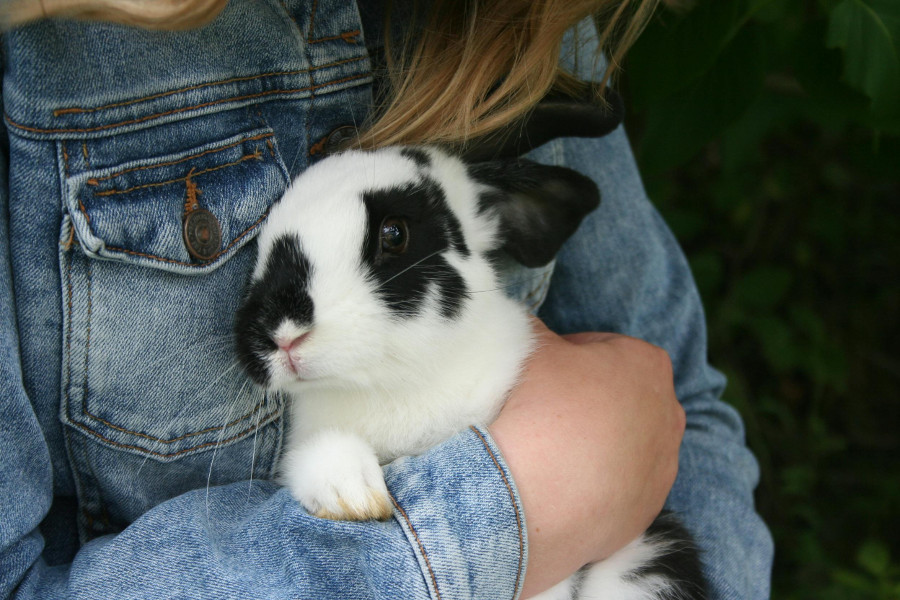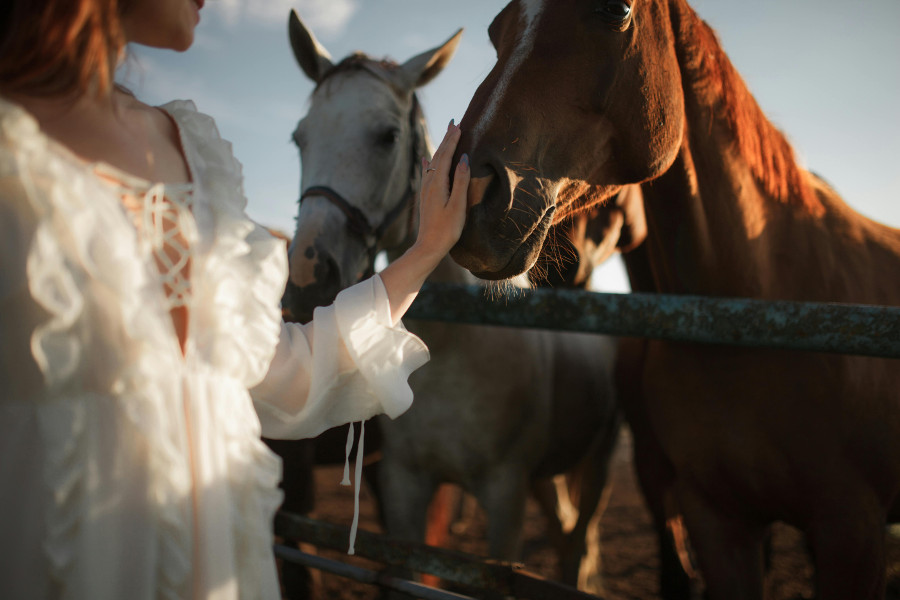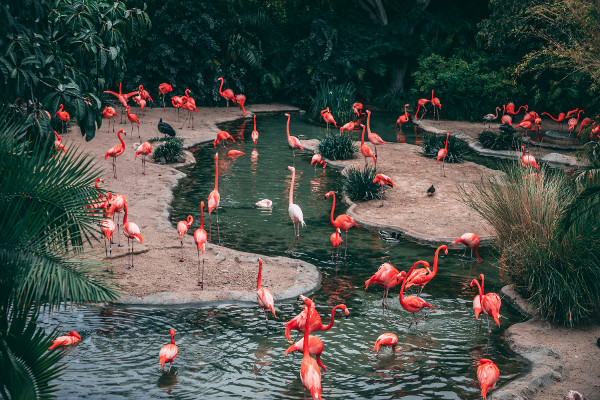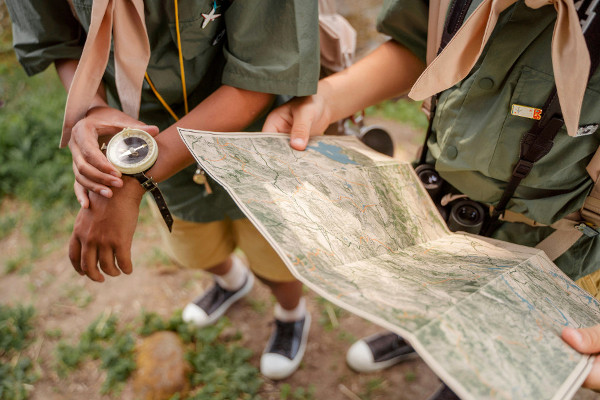How to Connect with and Enjoy Petting Animals for Stress Relief and Anxiety: Your Guide to Safe and Ethical Experiences
There’s a timeless magic in the simple act of petting animals – a quiet moment that bridges worlds and soothes the soul. Whether you’re seeking a peaceful farm visit or a bustling petting zoo, knowing how to approach these spaces with respect and care transforms the experience. This guide explores where to find friendly animals, how petting can ease stress, and what to expect from ethical places that cherish their animals. It’s an invitation to rediscover connection, kindness, and calm in the company of gentle creatures.

1. Where can I go to pet animals?
We are naturally drawn to other living beings. There’s something timeless about reaching out to touch a soft nose or stroke a curious little head. If you feel the need to connect with animals in a peaceful, welcoming setting, there are many places where that can happen. Petting zoos, family-run farms, animal sanctuaries, rescue centers and even cafés with small animals offer such opportunities. These are spaces where animals are used to gentle human presence, and where the connection goes both ways. Some are right in the middle of busy cities, tucked into parks or open-air markets. Others require a short trip into the countryside. Wherever you go, the goal is always the same – to feel something real, something warm, and something rooted in the ancient bond between human and animal.
2. Are public petting zoos or public petting places free?
While nature itself is free, the spaces we build to connect with animals sometimes aren’t. Public petting zoos vary – some are funded by local governments or community efforts and open their gates freely to everyone. Others, especially those privately run, ask for a small fee. It helps care for the animals, pay the staff, and maintain the environment. Occasionally, places that are usually free might charge for special events or for extras like feeding the animals. The best thing you can do is check ahead of time. That way, you avoid surprises and show respect to the people – and creatures – who make the experience possible. At the end of the day, these are spaces that exist because we as a society believe that bonding with animals should be available to all.
3. What animals are usually available at public petting places?
We often forget how many gentle creatures share our world until we come face to face with them. At public petting places, you’ll often meet farm animals – goats, sheep, chickens, rabbits, and pigs. These animals are selected not just for their friendliness, but for their familiarity with human touch. They have a calm presence that invites interaction. Some places introduce less common companions – like alpacas, miniature horses, or even turtles. You won’t find lions or leopards here, and that’s a good thing. Petting places aren’t meant to be spectacles. They are meant to be quiet spaces where trust is built. Animals here aren’t just on display; they’re part of the experience. You touch, you feed, you listen – and for a moment, the walls between species seem to disappear.
4. What are the benefits of petting animals?
There’s something deeply human about the simple act of petting an animal. It brings us out of our thoughts and into the moment. Scientifically, it lowers blood pressure and slows the heart. Emotionally, it fills us with a quiet joy that’s hard to explain. The fur under your fingertips, the soft sound of a snort or a purr – these are small things, but they carry weight. For children, petting animals teaches kindness and care. For adults, it offers a pause in a busy life. For the elderly, it can awaken memories and emotions long buried. In every culture, across time, people have bonded with animals. It’s not just tradition – it’s part of who we are. In the end, we feel better because we’re reminded we’re not alone.

5. How does petting animals reduce stress?
In a world where screens blink constantly and noise is everywhere, stress can creep into our lives quietly, steadily. But when you sit beside a rabbit, or stroke a friendly goat’s head, something shifts. Your breath slows. The tension in your shoulders eases. This isn’t just your imagination – your body responds in measurable ways. Hormones like cortisol, which fuel stress, begin to fall. In their place, the body releases oxytocin, the same hormone we feel when hugging someone we trust. Petting animals creates a space where nothing is expected of you. You don’t have to explain yourself. You just have to be present. That’s a rare gift in today’s world, and one that we might need more than ever.
6. How do animals communicate that they want to be petted?
Animals don’t speak our language, yet somehow we understand them. They tell us things – not with words, but with body language, posture, and energy. A dog might lean gently into your side or place its head under your hand. A cat might rub against your legs and begin to purr. A rabbit may lower its head and stay still, waiting. These are small signals, but they mean a lot. They say: “I trust you. I feel safe.” It’s important, though, to remember that not every animal wants to be touched. Some prefer distance, or need time. Respecting that is part of the conversation. When animals invite you in, you’ll know. And when they don’t, that silence should be honored. Like people, animals speak loudest in the quiet moments.
7. Are public petting zoos safe for kids?
Public petting zoos are created with families in mind, and children are at the heart of the experience. The animals are usually chosen for their calm and friendly nature, and the spaces are built to be safe, clean, and welcoming. Handwashing stations are common, and staff are there not only to help but to teach. But just like in nature, a little awareness goes a long way. Kids should be gently guided – taught to move slowly, to touch softly, and to listen to both animals and instructions. Accidents are rare, especially when grownups stay nearby. With a little preparation and a lot of care, these spaces become more than just places to pet animals. They become places where kindness, empathy, and connection are quietly passed on.
8. What should I bring when visiting a public animal petting location?
Think of visiting a petting zoo like going on a small adventure. You don’t need much – but a few thoughtful items can make the day smoother. Comfortable shoes are a must, especially if the ground is grassy or uneven. Bring water, sunscreen, and maybe a hat if you’re spending time under the sun. Hand sanitizer or wipes are always helpful, even if washing stations are provided. For young visitors, a change of clothes and a snack never hurt. Most places supply the animal feed, but always check beforehand. And don’t forget your curiosity – or your camera. Capturing the look on a child’s face as a goat nuzzles their hand, or the moment you share a quiet glance with a rabbit, are memories worth holding onto.

9. What hygiene precautions are taken at public animal petting places?
Cleanliness matters – not just for us, but for the animals too. Public petting places take hygiene seriously. You’ll often see handwashing stations placed near animal enclosures, along with clear signs reminding visitors to wash before and after interacting. Surfaces are cleaned regularly. Animals are checked for signs of illness and are rotated if needed to avoid stress. You might notice staff gently guiding how animals are fed or touched, and there’s a reason for that. It keeps everyone safe. Visitors are usually asked not to eat or drink in animal areas, and it’s best to avoid touching your face until your hands are clean. It’s all part of a shared responsibility. When we show care in how we approach these spaces, everyone benefits – humans and animals alike.
10. Can adults visit petting zoos without children?
There’s a quiet joy in reconnecting with something simple and sincere, and adults need that just as much as children do. Petting zoos aren’t just for families with kids – they’re for anyone who wants to pause, breathe, and share space with another living being. Many adults visit alone, with friends, or on dates. Some go to take photos, others to volunteer or just to feel something real again. Certain places even offer grown-up events: animal yoga, mindfulness walks, or evening tours with fewer crowds. If you’re ever unsure whether a place welcomes adult visitors without children, just check ahead. Chances are, you’ll be met with a smile. In these spaces, the only requirement is a gentle heart and a little curiosity.
11. Are service animals allowed at petting zoos or animal farms?
Service animals play a vital role in many people’s lives, and most petting zoos understand and respect that. Legally, service animals are allowed in public places, including farms and zoos, though sometimes with specific guidelines. The goal is to keep everyone safe – the service animal, the petting zoo animals, and all visitors. Certain areas may be restricted, not out of exclusion, but to avoid stressing the animals or causing unexpected interactions. If you're planning a visit and bringing a service animal, it's always a good idea to call ahead. This allows the staff to prepare and offer any guidance you might need. It’s all part of building a space that is welcoming, inclusive, and mindful of the needs of both humans and animals.
12. How do I find ethical or humane animal petting locations?
In an age where awareness is growing, many of us want to make sure our experiences with animals are built on kindness, not exploitation. Finding humane and ethical petting places begins with asking questions. Where do the animals come from? Are they given space to rest? Are they handled gently, and only when they choose? Good places are transparent. They educate, not just entertain. Look for certifications, read reviews, and trust your instincts. If something feels off – too loud, too crowded, too focused on selfies – it might be time to walk away. But when a place feels right, you’ll know. The animals look calm. The staff are attentive. And there’s a quiet sense of respect in the air. That’s the kind of place worth supporting.
Enjoy the company of animals and the experience of petting them.



